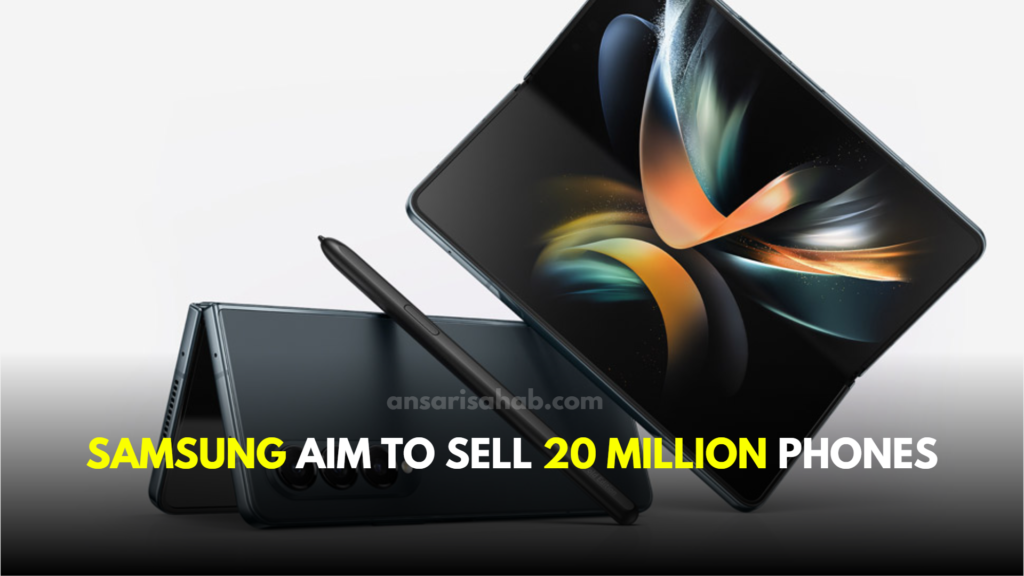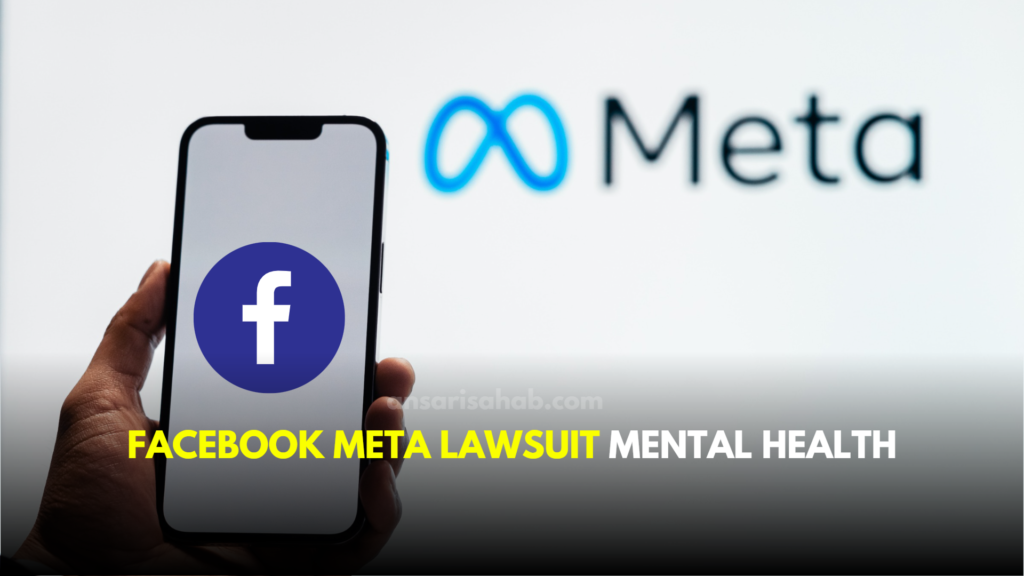Brands across the United States are increasingly relying on Instagram Reels to regain lost attention and drive measurable interactions — and the results are clear: short-form, native video formats are producing higher reach and deeper engagement than static posts. In 2025 many marketers say Reels are now the single most important lever to increase US Instagram engagement, combining organic discovery, creator partnerships and native ad products to reach American audiences at scale. (According to Sprout Social and SocialInsider data.)
Reels outperform static content — the evidence
Industry benchmarks from 2025 show Reels outperform other Instagram formats on key engagement metrics. Sprout Social reported that influencer Reels posted this year generated the platform’s highest engagement rates — about 2.08% for influencer Reels — while SocialInsider found Reels drive more comments and impressions for small-to-mid sized accounts. Marketers point to these figures when justifying larger investments in short video production and paid Reels placements.
The reason is partly algorithmic: Instagram continues to prioritize Reels in the Explore and Home feeds, pushing short-form clips to viewers who haven’t followed the creator yet. That reach multiplier — combined with music, transitions and native editing tools — gives brands a better shot at discovery than single images or carousel posts.
What tactics brands use to increase US Instagram engagement with Reels
Brands that successfully increase US Instagram engagement in 2025 tend to use a mix of creative, timing and platform-specific techniques:
• Native-first creative — Top-performing Reels look and feel like organic content, not polished TV ads. Brands work with creators to produce candid, behind-the-scenes clips, quick tutorials, product-in-use demos, or micro-stories that stop the thumb within the first two seconds.
• Sound and trends — Using trending audio and timely editing patterns remains essential. Instagram’s algorithm signals relevance partly through users’ collective interactions with sounds; brands that adapt trending tracks to their product narrative often get boosted distribution.
• Creator partnerships — Micro-influencers (5K–50K followers) are especially effective: they offer high trust and engagement while being cost-efficient. Data from multiple 2025 reports shows smaller creators often deliver better per-dollar engagement for Reels than celebrity ambassadors.
• Short, punchy hooks and captions — Reels that open with a surprising visual and a one-line caption prompting action (save, comment, duet) outperform neutral clips. Calls to action that ask users to share experiences or tag friends convert into comments — a high-value signal for the algorithm.
• A/B testing and cadence — Brands now publish multiple Reels per week and use rapid A/B testing on first-three-second hooks, subtitles, and cover frames. The best performers inform future content, and agile teams iterate quickly based on in-platform analytics.
• Paid amplification — Reels ads and boosted Reels remain a fast route to scale. Reels ad placements blend into organic feeds, giving brands an advantage over banner-style placements for discovery and recall. CropInk’s 2025 advertiser analysis shows Reels ads drive approximately 22% more engagement than standard in-feed video placements.
Why US audiences respond — psychology and platform context
American users, particularly Gen Z and younger millennials, favor fleeting, high-signal content that feels personal. Reels’ vertical, full-screen format mirrors TikTok’s viewing ergonomics and satisfies short attention spans. In 2025 many U.S. creators and audiences migrated more attention to Reels after uncertainties around other short-video platforms, giving Instagram an opportune moment to capture more home-feed time. (The Verge and industry trackers documented creator shifts and platform migration earlier this year.)
Moreover, Reels’ low production barrier encourages more authentic storytelling: quick product demos, honest reviews, and user testimonials feel less advertorial and more human — a key ingredient for engagement.
Experts and marketers weigh in
“Reels are the discovery engine Instagram always wanted,” said Lila Moreno, head of social strategy at a U.S. lifestyle brand. “But the difference between a Reels play and a campaign win is authenticity. Audiences sniff out staged content quickly; the winners make the product part of a real moment.”
Analysts caution that creative quality still matters. “It’s not enough to repurpose old video,” said analytics expert Noah Greene. “Brands must optimize for the first three seconds, for captions that spark conversation, and for creator formats that build trust. That’s how you actually increase US Instagram engagement — not by flooding feeds.”
Risks, measurement and the future
Despite success stories, there are risks. Overreliance on Reels can flatten a brand’s owned storytelling if long-form narratives (IGTV, newsletters, podcasts) are neglected. Measurement remains imperfect: some brands report disparity between in-platform metrics and downstream KPI movement (sales, sign-ups). To offset this, successful marketers tie Reels campaigns to trackable landing pages, promo codes, and UTM-tagged traffic to prove ROI.
Regulatory changes and evolving algorithm updates also pose variables: Instagram’s feed weighting can shift, and sound licensing or ad policy changes could affect creative strategies.
What this means for brands and U.S. marketers
For U.S. brands aiming to increase US Instagram engagement in 2025, the recipe is clear: invest in native short-form content, partner with authentic creators, and pair organic Reels with smart paid amplification. Trackable creative experiments and rapid iteration separate campaigns that merely trend from those that move business metrics.
As platforms continue to reward short, relevant clips, Reels have become the central channel for discovery and engagement on Instagram — but the discipline to be authentic, data-driven and audience-centric will determine who wins attention and drives lasting outcomes.









